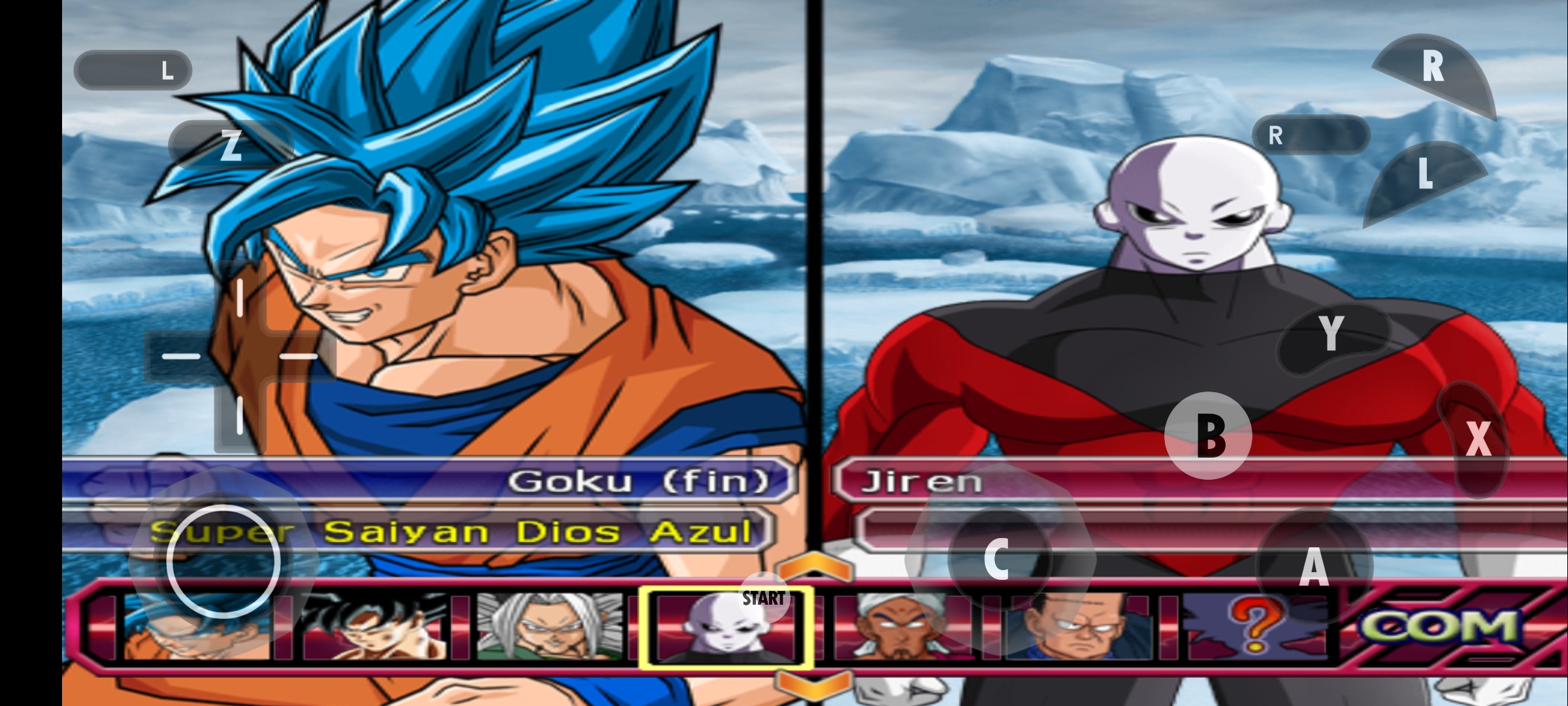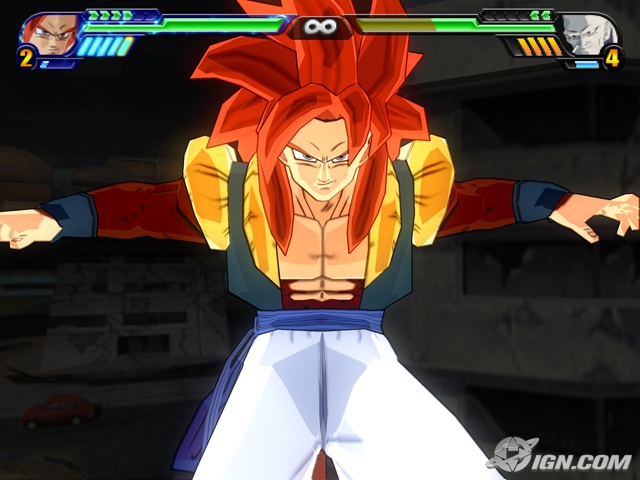


And moving your thumb down to the numbered buttons (used for switching characters during a team battle and transforming) at the bottom of the Wii Remote stretches your fingers too far. You can Knock back your opponent by holding A and moving the Wii Remote up and down or left and right. You can Dragon Dash by swinging the Nunchuck, which sounds easy, but gets knackering after a while. Then there’s the awkwardness of executing the attacks that involve moving the Wii Remote, shaking the Nunchuck, or pressing the inappropriately placed 1 and 2 buttons. I ended up hammering both buttons together like a noob because I couldn’t nail the timing. Only problem is, pulling it off is really hard because the timing is so tight. For example, one of the new moves Japanese developer Spike has implemented into the third game is a teleport – A and B together on the Wii Remote – which is an effective dodge. Dragonball Z Budokai Tenkaichi 3 is a hard fighting game (you can drop the difficulty down to easy if you want, or up to hard if you’re masochistic) because things happen quickly, there’s loads of commands and you need split second timing for advanced play. So let’s just put it down to me not being used to that kind of thing, having pumped thousands of hours into Street Fighter 2 on Xbox LIVE, shall we? And some of my rubbishness is the result of all the flying about, too.

Instead of a side-on 2D or 3D view, you’ve got an over the shoulder view point. Part of this is to do with the fact that it’s a very different compared with the type of fighting games that get all the press. And then along comes what looks like a bare bones fighting game for kids and it brings me back down to earth with a crash the devs can hear all the way across the sea in Tokyo. Up there on my high horse I bust out combos on Street Fighter 2, Tekken, Soul Calibur and Virtua Fighter like you’ve never seen. You see, I consider myself to be quite the fighting game specialist.

That’s something of a difficult admission, dear readers. In fact, I would go as far to say that Dragonball Z’s debut on Nintendo’s motion-sensing console can be, well, rock hard. But then I popped into the training mode and discovered that there’s more to it than simply charging up your Ki and hammering A on the Wii Remote. Indeed, that’s what I thought as I button-mashed my way through my first three battles with some of the game’s 161 (that’s right, 161) crazy-looking cell-shaded Manga-style characters. At first glance Dragonball Z Budokai Tenkaichi 3 feels like a wafer-thin beat-em-up that only exists to cash in on the popularity of the Japanese cartoon it’s based on.


 0 kommentar(er)
0 kommentar(er)
